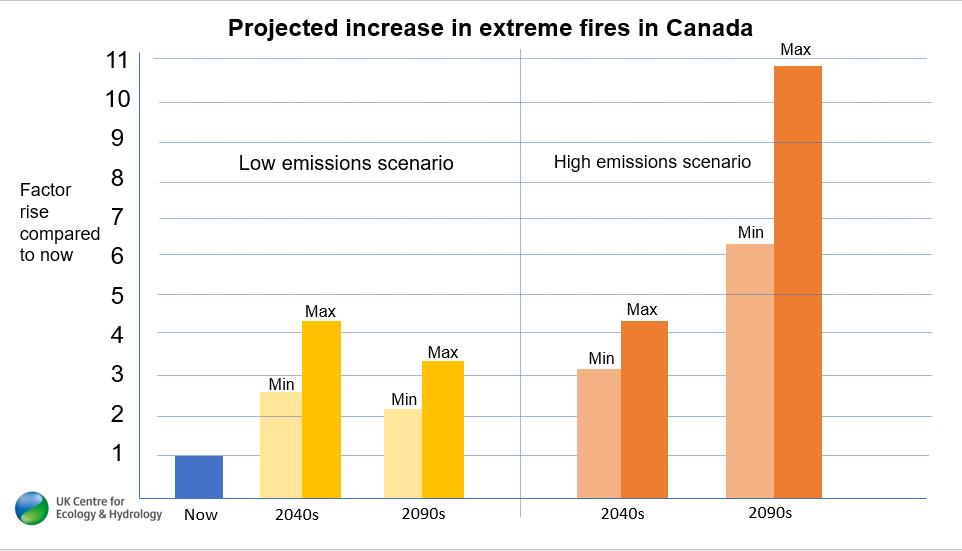Unprecedented wildfires in Canada last year were three times more likely due to climate change and contributed to high levels of CO2 emissions from burning globally, according to the first annual review of its kind.
The State of Wildfires report takes stock of extreme wildfires of the last fire season (March 2023-February 2024) explains their causes and evaluates how the risk of similar events will change in future under different climate change scenarios. Using satellite observations as well as advanced climate and fire modelling, it is co-led by the University of East Anglia (UEA), the UK Centre for Ecology & Hydrology (UKCEH), the Met Office and European Centre for Medium-Range Weather Forecasts.
Fires in Canada led to more than 230,000 evacuations and eight firefighters lost their lives. An unusually high number of fires were also seen in northern parts of South America, which led to the Amazon region experiencing among the worst air quality ratings on the planet.
Elsewhere in the world, individual wildfires that burned intensely and spread quickly in Chile, Hawaii and Greece led to 131, 100, and 19 direct fatalities, respectively.
The report shows that if there is no action to tackle greenhouse gases now, wildfires similar in scale to the 2023-24 season will become over six times more common in Canada by 2100, and twice as common under a low emissions scenario.
The State of Wildfires 2023-24 report is published in the journal Earth System Science Data. A similar annual report will now be published every year.
A press release which includes comments from UKCEH Land Surface Modeller Dr Douglas Kelley, one of the lead authors of the report, is on the University of East Anglia website.

